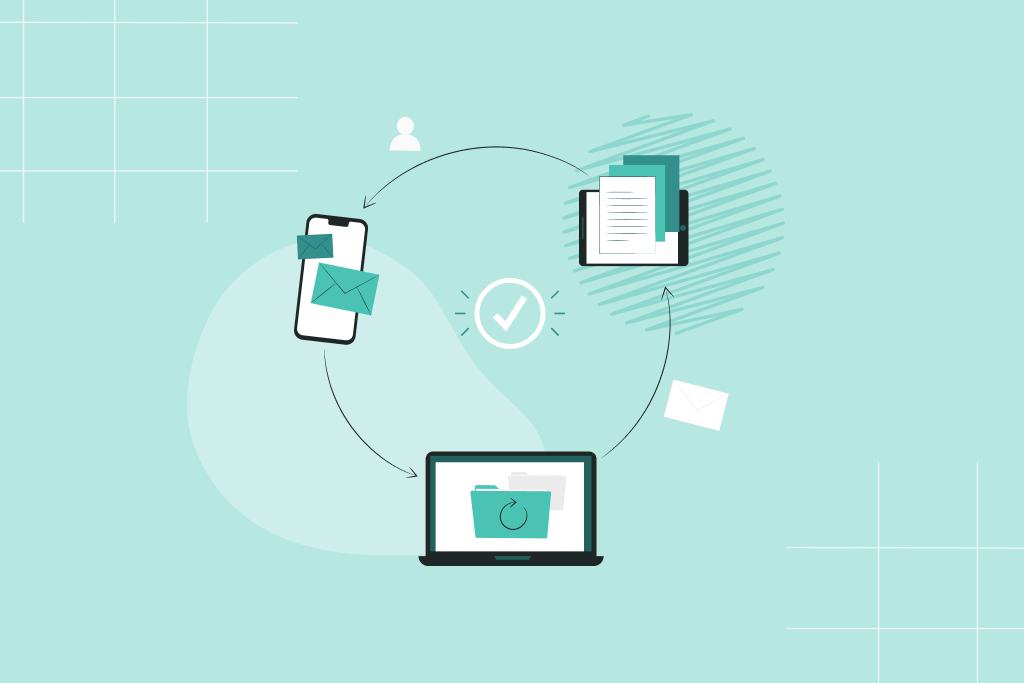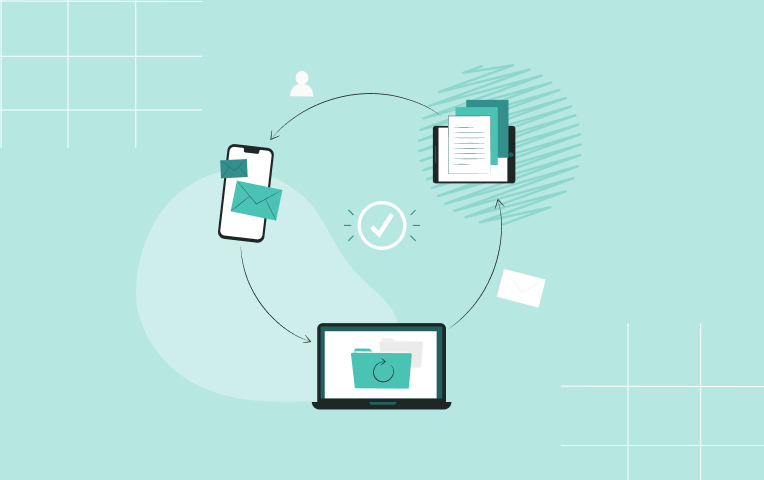Without a doubt, implementing HCM software is a process, whether you’re implementing a solution for the first time or upgrading existing tools. It doesn’t happen overnight and it requires a fair amount of legwork. So why make a change at all? There are countless benefits, like future-proofing your organization and setting yourself up for growth. Technology changes fast and new solutions mean more functionality, productivity gains, and increased profitability.
Why is implementing new HCM software so dang hard?
Change is difficult
People like the idea of improvement, but the change that comes with it can be difficult. When we’re faced with new things outside of our comfort zone, we can get resistant. If you find yourself saying “It’s not that bad” or “I know it’s an old system, but at least I know it well,” you might want to try out of your comfort zone and consider that change, while difficult, can be transformative and positive.
Fear of the learning curve
Learning the intricacies of new software often means a considerable investment in terms of time, effort, and resources. Training takes time away from your workday, but it’s important to know what you’re doing to ensure you’re set up for success when with your new HCM. While it can be tough to get excited about the idea of learning a new system or running two concurrently for a time, try to view the learning curve as an opportunity to increase your skills and move your career and company forward.
It’s expensive
New software comes with a new price tag. Integrated HCM is an all-in-one solution that streamlines and automates everything from payroll and scheduling to recruiting and people management, so it’s no minor investment. Many organizations struggle to justify the cost of a new solution. It’s a valid concern, but consider the cost of being left behind. New HCM software saves you time and money, often enough to cover the cost of the solution in the first year. Instead of thinking about HCM as expensive, think about it as an investment that will lead you into the future.
You’ve made the decision – now what?
By the time your business decides to move forward with new HCM software, you’ve already spent months finding your HCM match. With all stakeholders finally in agreement, it’s time to move forward into the next stage: implementation.
This is where you need to put your patience hat on and complete your due diligence to make this process as streamlined and well-informed as it can be. Your pre-implementation journey is like the prep part of painting, it’s the most tedious part, but the key to getting it right.
Soon you’ll be working with your implementation consultants and getting into gear, but what should you be doing with the in-between time?
At Avanti, we provide you with an organization readiness toolkit and a series of detailed workbooks to help our clients prep for the road ahead. Before you jump into implementation, there are a few important line items to address.
7 tips for a successful HCM implementation
1. Build the right team
This is a good time to review the roles and responsibilities required for your implementation and to identify team members with a solid understanding of workforce management processes (benefits, compensation, recruiting, onboarding, technical etc.).
You’ll want to ensure each team member understands their role in the process and has bandwidth for implementation responsibilities. This is a process that requires dedication. If necessary, you may need to realign your team to ensure implementation success. Be sure to leverage any team member’s prior experience implementing HCM software.
Assembling a dedicated team with representatives from each business unit (HR, Payroll, Finance, Managers, Executive) will give you the diversity and experience you need to meet your businesses' needs and objectives.
2. Plan, plan, plan
Discuss what a streamlined implementation process looks like for you and the stakeholders you’re working with. It’s a good time to talk realistically about expectations.
Try to answer as many questions as you can beforehand. Plan on discussing these questions with your implementation specialist, but keep in mind that a good implementation specialist will guide you through the process and answer your questions along the way.
When starting the pre-implementation process, be sure you and your team have access to the knowledge you’ll need for a smooth transition. It is also essential to identify any potential roadblocks and challenges that may arise during implementation and reflect on any specific pain points or challenges your organization is currently experiencing. By assessing these risks and challenges early on, you can develop mitigation strategies and contingency plans to address them should they occur. This approach not only helps in understanding the requirements for implementation but also ensures that the new HCM system meets your organization's needs.
3. Give yourself time
HCM implementation takes time and patience, but when it’s done properly it will save you and your team hundreds of hours of extra work. Start the process when your team has dedicated time to fully engage in the process.
4. Tie up loose ends
If any of your policies need updating or considered changes, now is the best time to update them. Be prepared to question why things are done a certain way and to look at where policies and processes could be improved. This is your time to build more efficiency and happiness in your workplace. Take this opportunity to make progress.
5. Brace yourself for change
It’s normal for you and members of your organization to feel anxious about a new HCM implementation.
If you’re leading the process, transparency is key. Why are we making these changes? What results can we expect to see from the change? How will this positively impact my day-to-day activities? Take the time to explain the 'why' behind the new implementation and its impact on your team members. This will help engage your team and lead them to action.
Providing adequate training is also essential to ensure all members of your organization feel equipped to undertake the new software when time rolls around. Provide user guides, hands-on training sessions, and other helpful resources. Remember, it’s on you to encourage your team and assure them that a new and improved HCM system is going to transform the way you manage your people and processes. The benefits far outweigh the temporary discomfort, and it’s time to embrace and create a positive change.
6. Keep your focus on the future
You’re making this change for a reason. Having a tangible vision for your future system will help you to avoid replicating what you already have. Employ tools like a gap analysis to understand your current vs. future state and to assess what resources you’ll need to get there.
7. Clean up your data
Another important task to work on before kicking off your implementation is locating all your people-related data.
What specific data needs to be on the new system? Does it need to be cleaned up? Converted? Are there codes, code descriptions, or employee data that need to be updated? Do you have data that you want to label differently for clarity or consistency? Cleaning up your data now will create greater efficiency once you move into your implementation. You won’t regret being proactive.
This is also the time to determine who on your team will be responsible for organizing and extracting your people data into your new HCM solution. This role is not one to take lightly, your data is valuable – you want to be sure any data conversion, clean-up, or populating is in capable hands.
Now that you’ve got your head in the game
If this seems like a lot of work for a software implementation, that’s because it is! But the benefits of properly preparing for your HCM implementation far outweigh the time and energy spent on these tasks. Everything you do to get ready for your implementation, like assembling a killer implementation team, sharing a common goal, and putting a shine on your data, will help you put your best foot forward to build the future you want for your company.
Like any good strategy, the effort you put in now will pay off throughout your HCM implementation and when you launch your new system. Review, plan, team up, clean house, and keep your eyes on the prize – you got this!
Additional Reading Links
Want to learn more about successful HCM implementations?
Download our comprehensive HCM implementation guide, complete with best practices and expert tips you can use to lead your organization on the path to seamless integration and optimal efficiency from day one!







